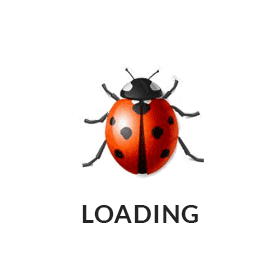

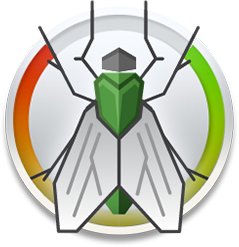
The housefly, Musca domestica, is believed to have evolved in the Cenozoic era, possibly in the Middle East, and has spread all over the world. It is the most common fly species found in habitations. Flies are among the filthiest of all pests, leaving potentially hazardous germs everywhere they land. They breed quickly and can contaminate food or spread disease such as dysentery, typhoid, cholera & tuberculosis which can threaten your customers, your business and your bottom line.
EVERY SITUATION IS UNIQUE, THERE IS NO SINGLE FLY CONTROL PROGRAM THAT WILL WORK IN ALL CASES.
THAT’S WHY YOU NEED A‘EXTERMINATORS PEST SPCIALIST’ WITH THE EXPERIENCE AND THE TOOLS TO FIND THE RIGHT ONE FOR YOU
Exterminators Smart Way ‘PACCP 2000’ Preventive Housefly Management Approach begins with a comprehensive survey at your premises to identify the breeding and harborage areas.
The goal of ‘PACCP 2000’ Preventive Housefly Management System is to prevent or reduce problems caused by Houseflies. ‘PACCP 2000’ is based on ecological, economic and social criteria and integrates multidisciplinary methodologies into Housefly Management Strategies that are practical and effective to your home and/or your business while totally off-setting your ‘Carbon Footprint’ related to Housefly Control.

The truth is, unless you’re structure has been vacuum-packed and never open to the outdoors, you’re going to have these flies. However, there are measures you can take that will greatly reduce their presence. Sanitation is the most important and effective measure in controlling common flies. On the interior, keep food of all types in a well-sealed container, don’t let trash containers get ripe and spoil, keep doors and windows closed.
On the exterior, remove all potential larval food materials such as animal manure, rotting mulch, lawn clippings, and animal or bird carcasses. Compost piles, if not properly maintained, may also produce large numbers of filth flies. If this is the case, eliminate the compost pile or cover it with black plastic sheeting, which will trap heat and reduce fly survival.
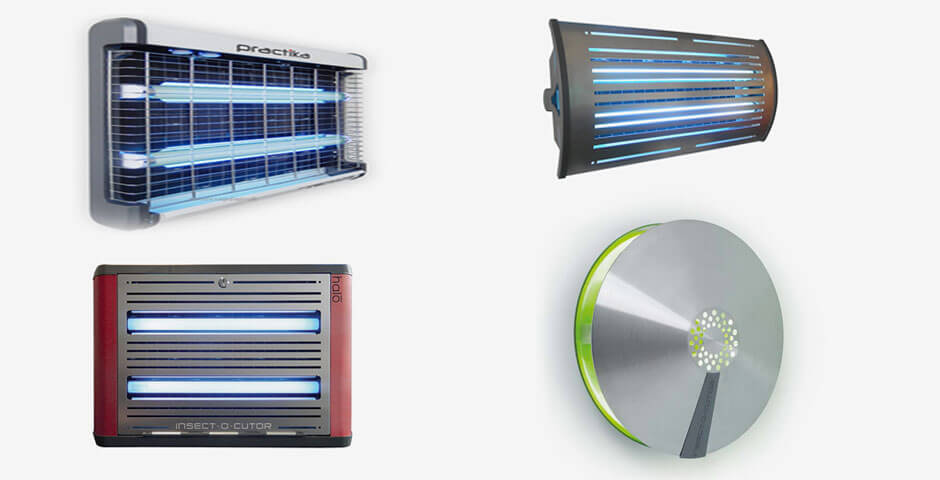
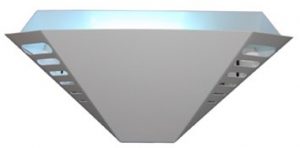
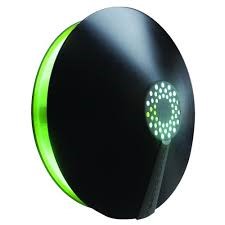
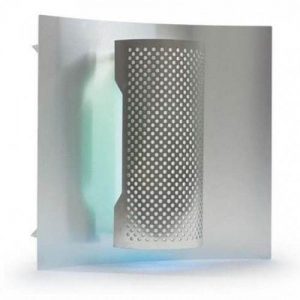

Since 2008 for over a decade THE EXTERMINATORS (PVT) LTD Limited distributes wide range flying insect control products and solutions designed and developed by PELSIS-UK which is the world's leading flying insect control solutions.
Offering a comprehensive range of flying insect control product, from electric killing grid fly killers to glue board devices, flyscreen’s to decorative units, Insect-O-Cuter provides leading insect prevention and control for a wide range of applications.
Diptera are commonly known as flies and include many familiar insect such as midges, fruit flies, black flies, blow flies, house flies and mosquitos. Flies are common insects; they are found all over the world including Antarctica. Diptera the Latin name order flies is derived from two Greek words. ‘Di’ meaning two and ‘ptera’ meaning wings.
The housefly is one of the most common of all insects. Adults are dull, medium-gray flies, 1/6- to 1/4- inch long with four dark stripes on the thorax and orange/red “eyes”. They have sponging, non-biting mouthparts for sucking up liquefied foods. These medium-sized flies are attracted to human and animal waste and decaying garbage. Maggots are one of the life cycle stages of houseflies.
| Kingdom | Animal |
|---|---|
| Phylum | Anthropoda |
| Class | Insecta |
| Order | Diptera |
| Section | Schizophora |
| Family | Muscidae |
| Genus | Musca |
| Species | Musca domestica |

An average housefly carries 2 million bacteria on its body.
The feet of a housefly is 10 million times more sensitive to the taste of sugar than the human tongue.
Houseflies have a compound eye that sees many directions at once. They also have a highly evolved evasive reaction that detects the slightest changes in air currents. This is why it is extremely hard to swat a housefly.
Manure is the breeding place of flies, especially horse manure but ours is perfectly fine too.
Flies have hairy legs that have particles of manure stuck in between them and they carry them wherever they go, be it on your delicious hamburger or your juicy steak.
Apart from their annoying habits the houseflies are carriers of organisms which cause several diseases in man. Flies feed on garbage, manure, and faeces; they also visit them for laying eggs, they pick up disease germs and then come to feed on dining tables, kitchens, restaurants, and sweetshops.
They pick up disease germs on their bristly legs and sticky pulvilli, then they come and brush their legs into human food. They also take in disease organisms into their alimentary canal which they transfer to human food through their faeces, and through exuding saliva and fluids of alimentary canal onto human food
Thus, houseflies are very dangerous and transmit organisms which cause human intestinal disorders, such as typhoid, paratyphoid, diarrhoea, bacillary and amoebic dysentery, and cholera. Besides these dangerous diseases they also play a part in the transmission of tuberculosis and virus of poliomyelitis, and cause food poisoning. Houseflies also feed on discharges from eyes and wounds, thus, they have been known to cause ophthalmia in Egypt and Greece, and yaws in the tropics.
Copyright 2019 Exterminators . all right reserved - design by xiteb